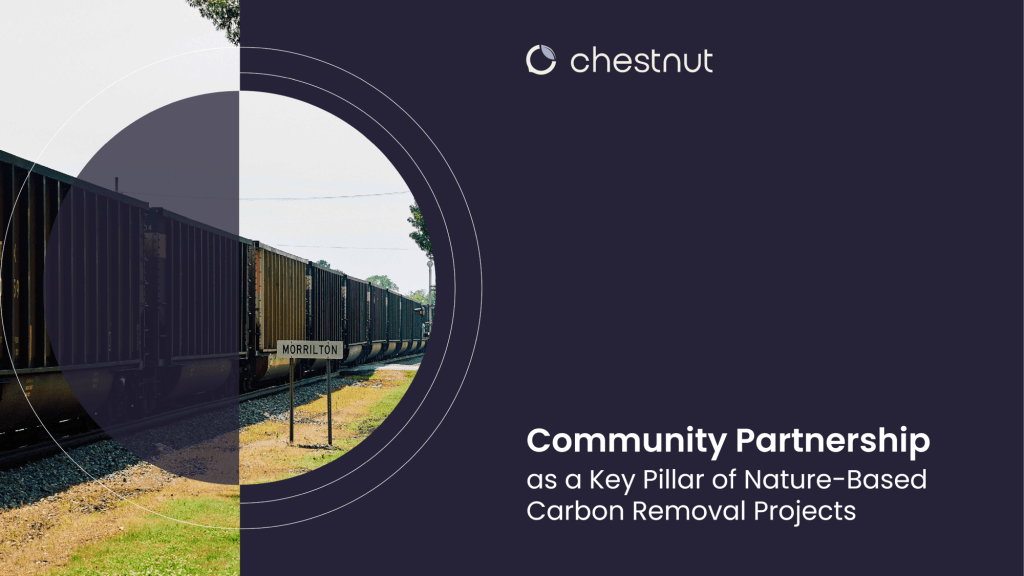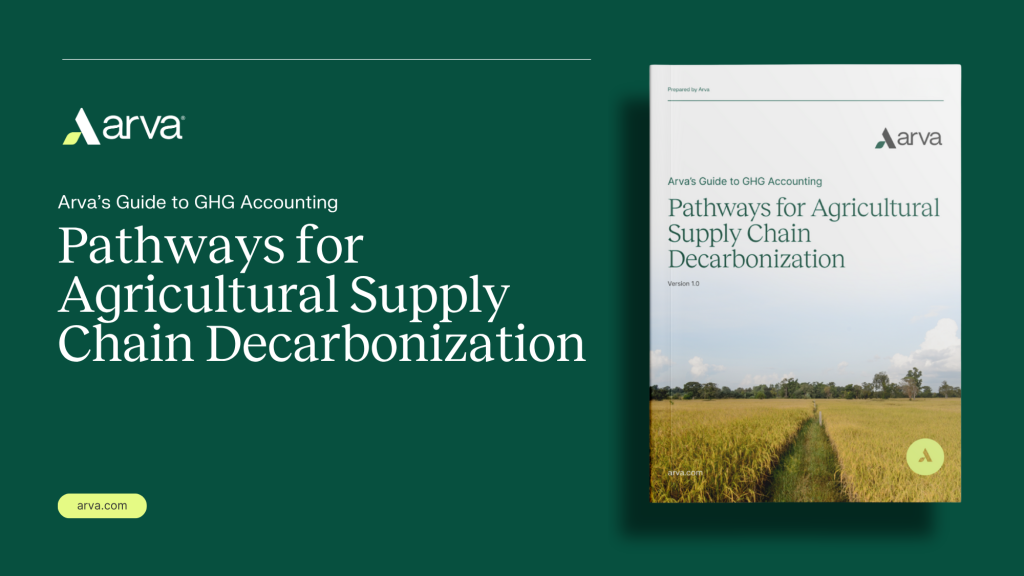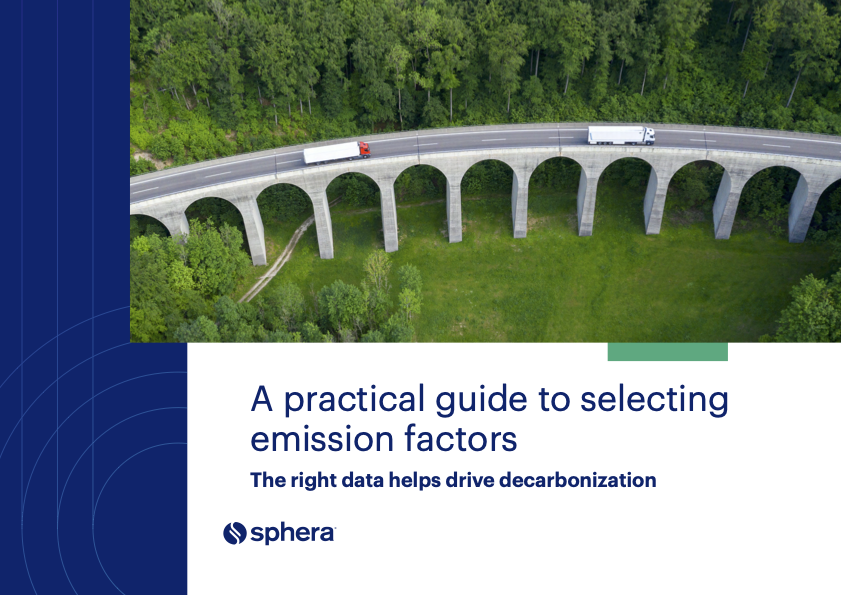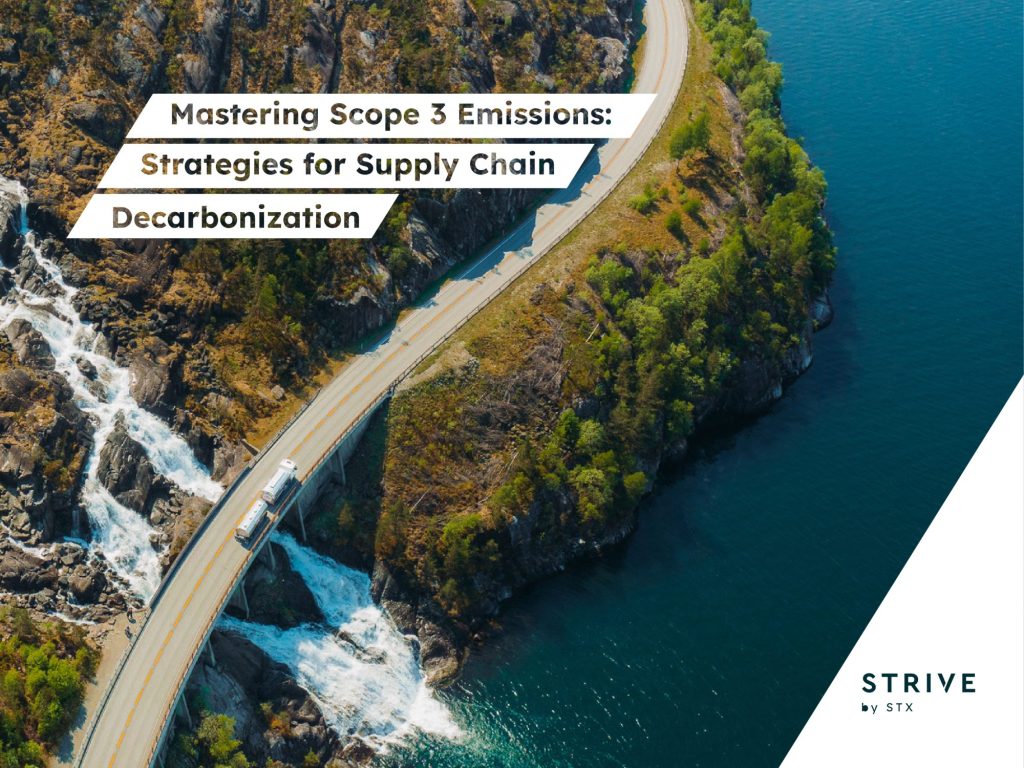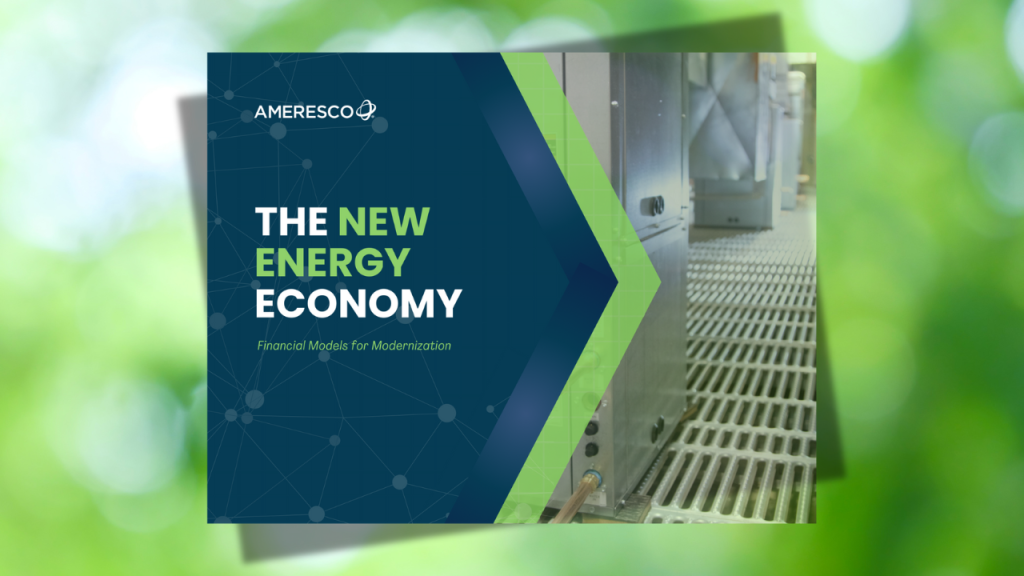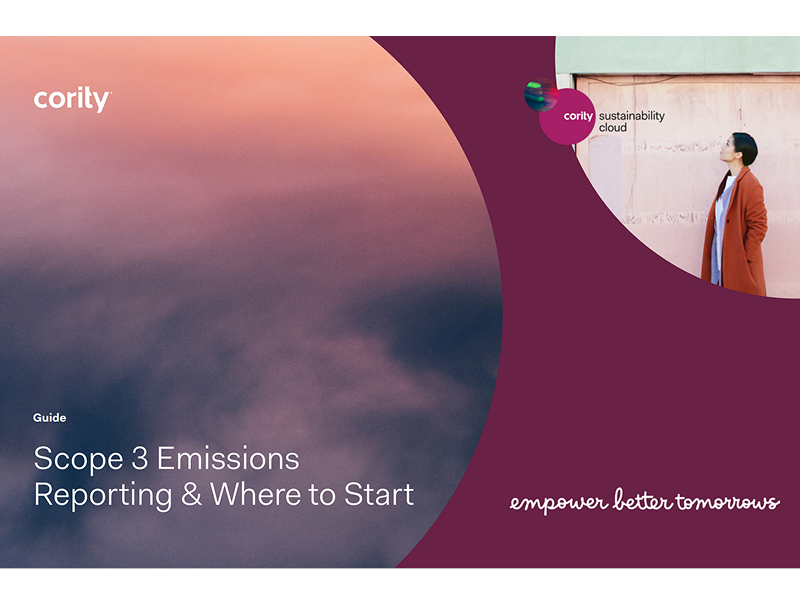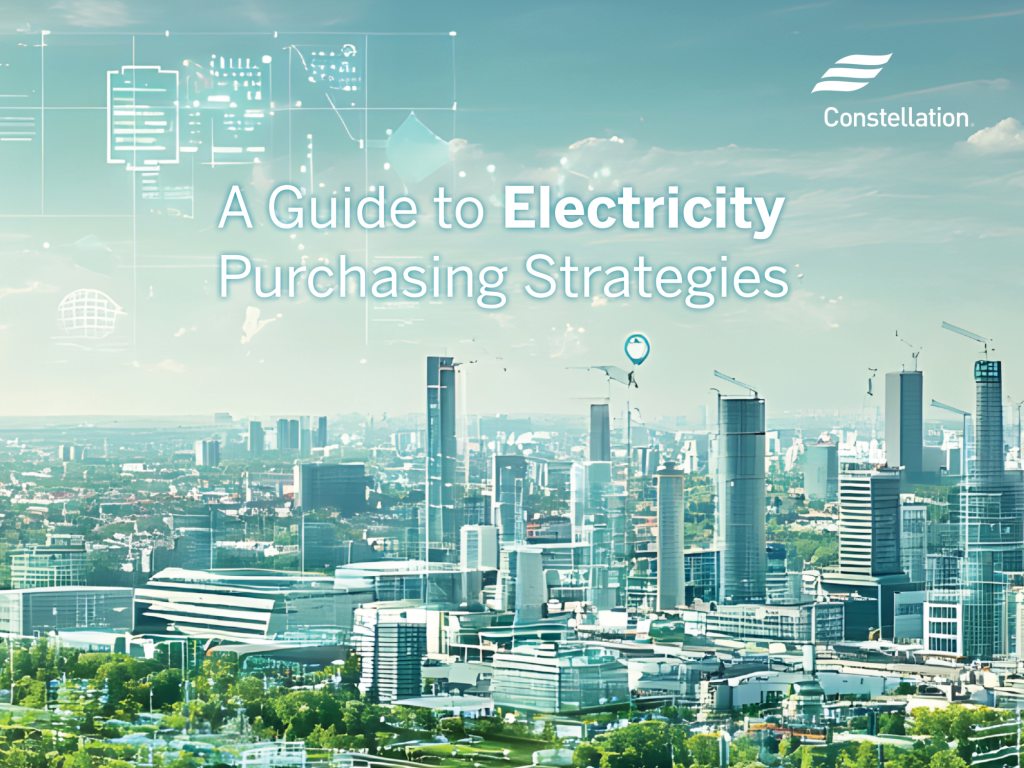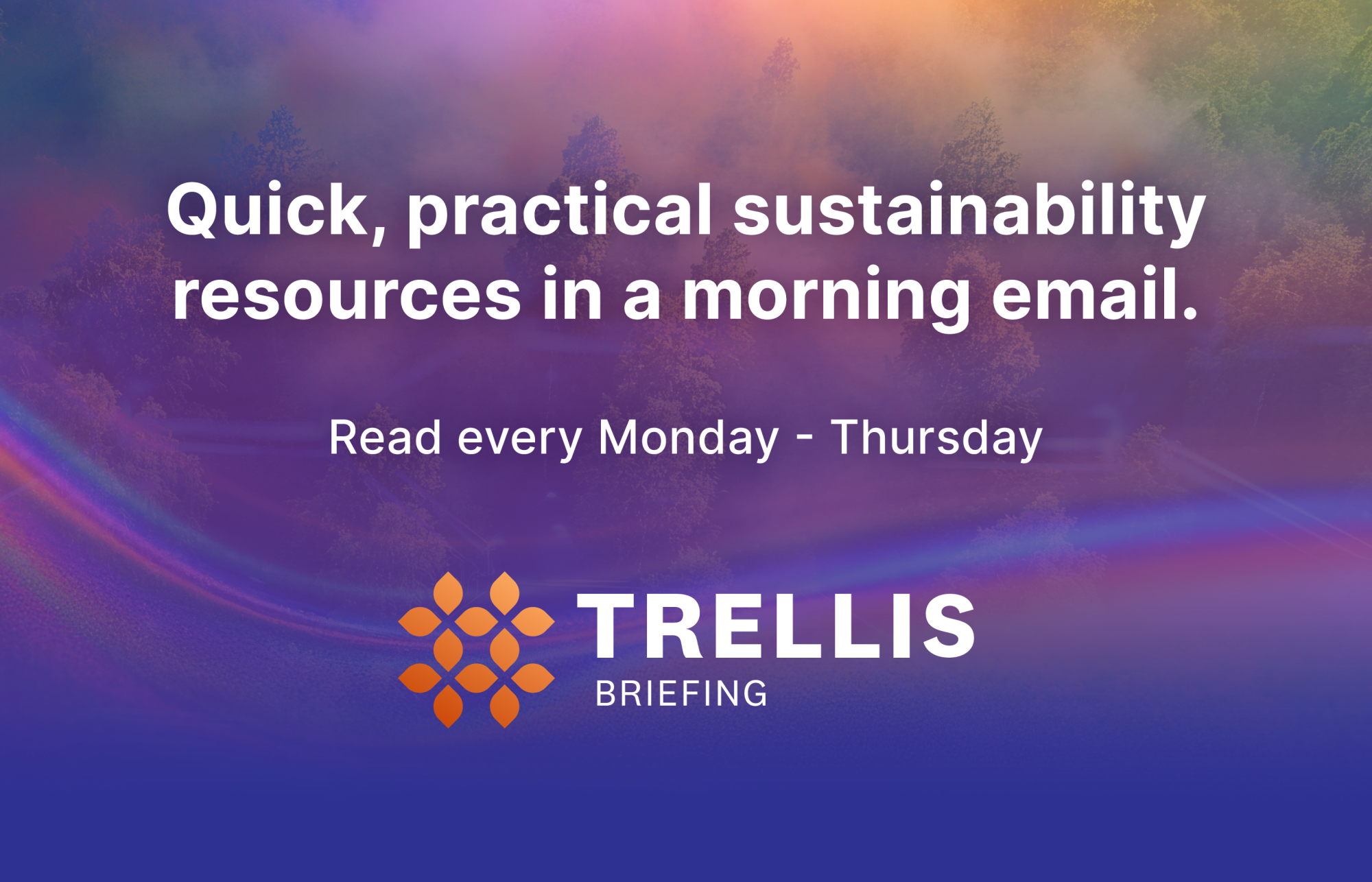Why creative people make better sustainability professionals
It's not just about painting, punning or playing the piano. Even routine tasks can inspire climate optimism. Read More
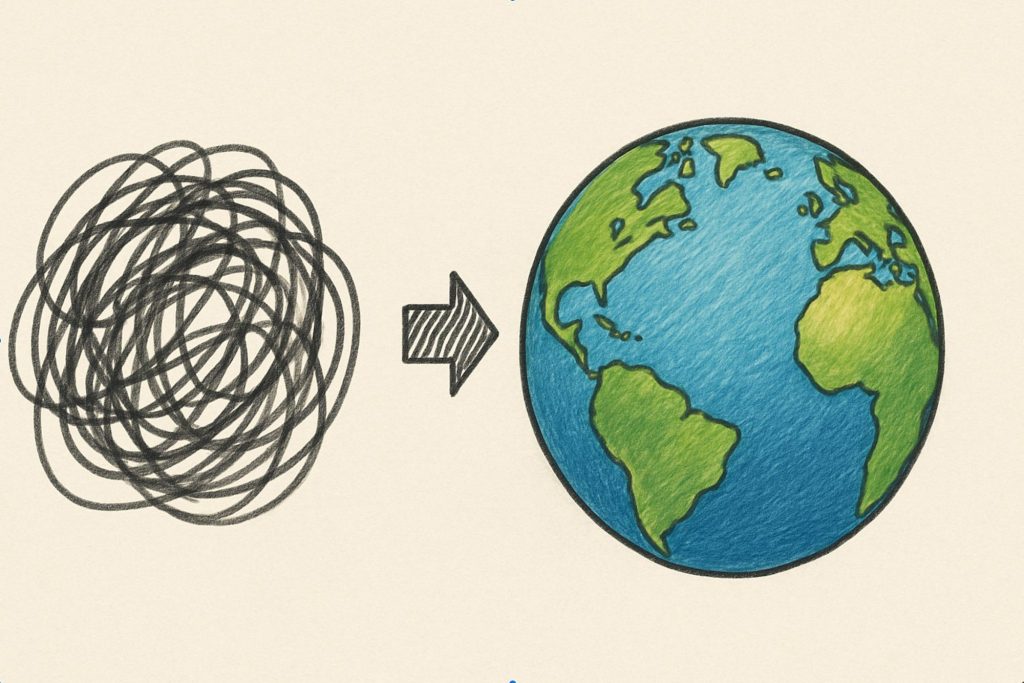
The Two Steps Forward podcast is available on Spotify, Apple Podcasts, Amazon Music and other platforms — and, of course, via Trellis. Episodes publish every other Tuesday.
What’s the connection between creativity and sustainability?
That’s the topic of a conversation I had with my co-host, communications consultant Solitaire Townsend, in our latest episode of our Two Steps Forward podcast. It’s also the first episode we’ve recorded that’s just the two of us in conversation, with no special guest, a format we’ll be repeating from time to time.
Both Soli and I consider ourselves to be creative spirits — me, as a writer, of course, but also as a lifelong musician (piano and vocals) — and Soli as a gifted storyteller, both nonfiction and fiction (her first novel will publish early next year). Individually and together, we’ve discovered that creativity — whether through music, storytelling, art, poetry or humor — is deeply interwoven with optimism and the ability to envision a different, more sustainable future.
This is not just our opinions or experience. A global survey conducted by BEworks, a behavioral economics consultancy, found a strong correlation between creativity and climate optimism. Creative individuals were more likely to believe in humanity’s ability to address the climate crisis and felt more personally motivated to engage in sustainable behaviors.
In our conversation, Soli and I discussed this further, not just the research but also our personal experiences and observations.
Piano, punning and problem-solving
To be clear, this isn’t just about those who can play an instrument, tell a story or paint a picture. Indeed, we challenged the popular notions of people as “creatives” or “influentials,” because these labels segment people unnecessarily. Instead, we emphasize that creativity is universal: from crafting bedtime stories to everyday problem-solving in supply chains. Even repetitive jobs can involve improvisation, lateral thinking, negotiation and imaginative work behind the scenes.
Also important, we discussed, is the role of humor and levity. For example, wordplay and punning can be a useful way of processing ideas and connecting — also creative elements that make sustainability work more enjoyable and less depressing at times.
Communal creativity
Soli and I envisioned how sustainability events and conferences could better harness communal creativity—perhaps beginning a session via a group singalong, community dancing, or other creative pursuits — to break down the isolation and build cohesion among attendees. This could help shift events from fragmented compliance-focused gatherings into immersive, experiential creative communities.
While everyone has creative potential, we concluded that expressing it takes practice and persistence, and doing so in community can make it more accessible. We reflected on how the community fosters optimism, and that creativity plus optimism equals forward momentum for sustainability.
The Two Steps Forward podcast is available on Spotify, Apple Podcasts, Amazon Music and other platforms — and, of course, via Trellis. Episodes publish every other Tuesday.

Subscribe to Trellis Briefing
Featured Reports

The Premier Event for Sustainable Business Leaders


